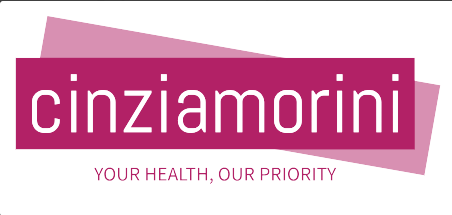
Sleep apnea is a prevalent sleep condition characterised by irregular breathing pauses during sleep. These pauses, known as apneas, may last a few seconds to several minutes and happen hundreds of times every night. As a consequence, even after a full night’s sleep, persons with sleep apnea often wake up weary. Obesity, a family history of the disorder, and medical problems such as high blood pressure and diabetes are all risk factors for sleep apnea. Males are more susceptible to sleep apnea than females, and the risk rises with age.
The three types of sleep apnea are obstructive sleep apnea (OSA), central sleep apnea (CSA), and complicated sleep apnea syndrome (also known as treatment-emergent central sleep apnea). The most common kind is OSA, which is characterised by airway blockage caused by throat muscle relaxation. The inability of the brain to command the muscles to breathe causes CSA. The condition of complex sleep apnea includes OSA and CSA.. Unsurprisingly, many people put off obtaining snoring therapy since they do not believe it is necessary. The most typical therapy for sleep apnea is a lifestyle adjustment as well as the use of a sleep apnea machine.
Facts About Sleep Apnea That You Should Know
- Sleep apnea is a serious illness that may have catastrophic repercussions if left untreated.
- An obstruction of the airway during sleep causes sleep apnea. This might be because the throat muscles have relaxed or the brain has failed to stimulate the muscles to breathe.
- Loud snoring, waking up with a dry mouth or sore throat, trouble sleeping or staying asleep, morning headaches, and difficulties focusing throughout the day are all signs of sleep apnea.
- Obesity, a family history of the disorder, and medical problems such as high blood pressure and diabetes are all risk factors for sleep apnea.
- Males are more susceptible to sleep apnea than females, and the risk rises with age.
- If left untreated, sleep apnea may lead to major health issues including heart attack, diabetes, stroke, and high blood pressure.
- Treatment options for sleep apnea include lifestyle changes such as losing weight and quitting smoking, as well as medical technology such as continuous positive airway pressure (CPAP) appliances. Two further treatment options include surgery to remove excess tissue from the airway and dental appliances to help keep the airway open.
- People who suffer from sleep apnea must seek treatment in order to improve their sleep quality and overall health. If you believe you have sleep apnea, consult with a health professional to discuss your options.
Facts About The Development Of Sleep Apnea Machine
Continuous positive airway pressure (CPAP) therapy is a common treatment for sleep apnea that comprises a machine supplying a continuous flow of air via a mask worn while sleeping to help keep the airway open and prevent apneas. CPAP equipment has improved to give greater comfort and accessibility to users. The following are the most recent developments:
- Continuous positive airway pressure (CPAP) therapy is a common sleep apnea treatment that involves a machine that delivers a constant flow of air via a mask worn while sleeping.
- CPAP machines used to be large, noisy, and unpleasant, making them difficult to use for certain people. However, technical developments have resulted in CPAP equipment that is smaller, quieter, and more comfortable.
- Many modern CPAP machines have heated humidifiers, which may help relieve dryness and irritation in the nose and throat, as well as automatic pressure adjustment, which adjusts the pressure of the airflow based on the user’s breathing pattern.
- Some CPAP systems additionally have Bluetooth connection, allowing users to track their use and treatment compliance through a smartphone app.
- In trials, using a CPAP machine has been shown to considerably reduce sleep apnea symptoms such as snoring and daytime weariness. It may also reduce the chance of developing further health problems associated with sleep apnea, such as heart disease and high blood pressure.
- Despite technical developments, some people may still need assistance in using a CPAP machine on a daily basis. Individuals who utilise CPAP therapy should work with their healthcare team to choose a device that is both comfortable and useful to them.
Conclusion
A sleep apnea machine is a medical device used to treat people with sleep apnea, a sleep disease that causes brief disruptions in breathing while sleeping. The equipment works by continuously supplying compressed air via a mask worn while sleeping, which helps maintain the airway open and prevents breathing pauses. Moreover, sleep apnea devices have been demonstrated to enhance sleep quality considerably, decrease daytime tiredness, and lessen the risk of consequences such as high blood pressure and heart disease.
